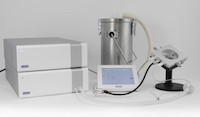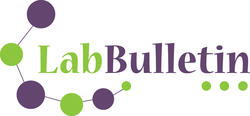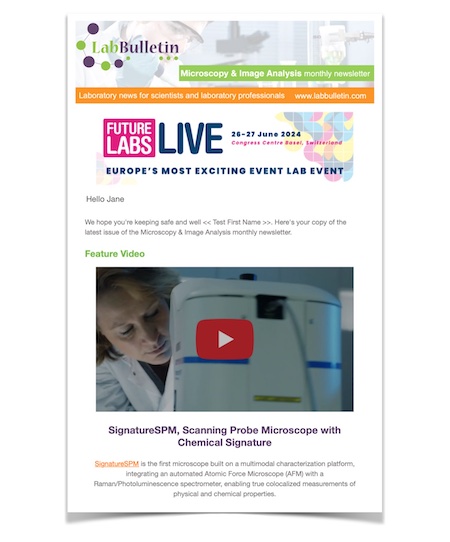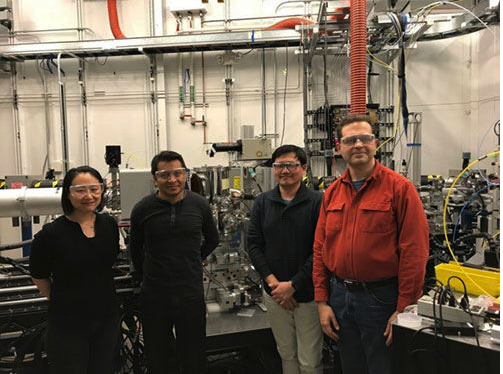Members Login

Channels
Special Offers & Promotions
Linkam reports on how Argonne National Laboratory Applies the HFSX350 Stage for Grazing Incidence X-Ray Scattering Measurements on Beamline 8-ID-E
Market leaders in temperature-controlled microscopy, Linkam Scientific Instruments, report on how groups of scientists at Argonne National Laboratory are making grazing-incidence x-ray scattering measurements using a Linkam HFSX350 thermal stage on Beamline 8-ID-E under the guidance of the Time-Resolved Research group.
Dr Joseph Strzalka is a physicist performing time-resolved research in the X-Ray Science Division at Argonne National Laboratory in Illinois, USA. The Laboratory is home to the Advanced Photon Source (APS), the brightest synchrotron-based source of high-energy hard x-rays in the western hemisphere. The X-Ray Science Division provides world class instrumentation and collaborative support at the APS for research from academic, government, and industrial users from across the US and abroad. Beamline 8-ID-E, part of the Time-Resolved Research group, hosts a program in nanoscale morphology and kinetics anchored by a dedicated instrument for grazing-incidence x-ray scattering (GIXS). GIXS is a sensitive technique for probing the morphology of thin films and nanostructures at interfaces. Many of the user groups are interested in the structure of polymer thin films, self-assembly of nanomaterials and organic optoelectronic materials.
Once the sample is aligned, GIXS data requires a single incident angle without scanning, and at the synchrotron needs only a short exposure, one second or less, to obtain high quality data. This makes it a great match for in situ studies. Organic electronic thin films have a very complex interplay between chemical structure, morphology and processing conditions. Applying in situ thermal annealing studies can help unravel this interrelationship. For example, the results provide insight toward improving the performance of organic solar cells.
Originally, Dr Strzalka had been using a thermal stage developed in-house. It has some limitations such as being slow to equilibrate at the setpoint temperature. It was not designed with any active cooling, so it could only be used for temperatures above ambient and was slow to cool the sample after heating. Grazing-incidence scattering uses a small x-ray beam (20 μm vertically), which makes it very sensitive to changes in the height of the sample. The in-house stage had a large thermal expansion that required realignment of the sample when changing temperature.  Dr Strzalka describes how they are now working with one of Linkam's stages, the HFSX350 model. “Our users were interested in capabilities our current stage could not offer: temperatures below ambient, quenching for crystallization studies, more stable and reliable operation, and a smaller thermal expansion.”
Dr Strzalka describes how they are now working with one of Linkam's stages, the HFSX350 model. “Our users were interested in capabilities our current stage could not offer: temperatures below ambient, quenching for crystallization studies, more stable and reliable operation, and a smaller thermal expansion.”
Users of the beamline come from all over the country. Julie Albert's group from Tulane University introduced the idea of a Linkam stage to beamline 8-ID-E. They already had a Linkam stage in their lab for their optical microscope. However, they wanted to complement their optical crystallization studies of organic electronic materials with in situ GIWAXS (grazing-incidence wide angle x-ray scattering) characterization of the film structure. The second group to use the system this year Aditya Mohite’s group from Los Alamos National Lab and Rice University. They study hybrid organic-inorganic perovskite thin films for high-performance solar cells and other applications. They looked at the temperature dependence of the perovskite structure and charge transport properties. These studies are being written up for publication later in the year.
Plans are under way for more work with the system. X-ray operations at the APS are divided into three cycles per year, the first of 2018 is drawing to a close. Dr Strzalka describes his plans: “In May, I’ll be testing out connecting the stage to circulating water. That will let us use more of the temperature range of the stage. Then, for the second cycle (June-August), we have some other user groups who need temperatures up to 300 °C. The stage is rated to +350°C, but for temperatures greater than 200°C, it requires circulating cooling water, something we have not yet tested. We also have plans to use the Linux-based software development kit to integrate the Linkam stage controls with our beamline controls.”
Media Partners



